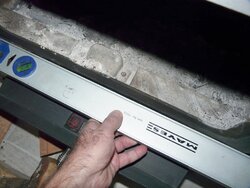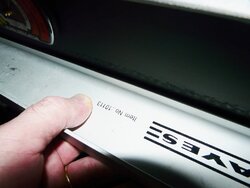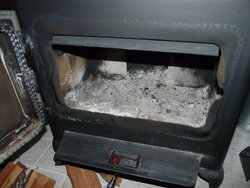Hi again. My NC-13 has been used for one season and about 2 cords of wood. The door and glass seals appear to be separated in the corners where the ends of the rope meet. Backstory... didn't realize there was a problem until I lit the first fire of the year and loaded some very dry white oak for a long burn before bed (had not so dry wood last year). With damper closed, fire would not die down and flames were leaping towards the corner of the door with the seal gap. Stove temp reached 750 and rising so I stuffed a wad of aluminum foil in the air intake. Fire cooled to 500 so i finally get to go to bed.
Questions: Is there a way to seal the gaps? I'm ready to order new seals and replace them if need be, but a year on door seals seems a bit weak. Is there a better option than the stock fiberglass rope?
Thanks in advance!
Questions: Is there a way to seal the gaps? I'm ready to order new seals and replace them if need be, but a year on door seals seems a bit weak. Is there a better option than the stock fiberglass rope?
Thanks in advance!






